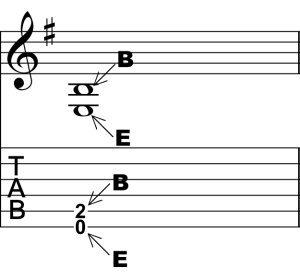

Feel free to adapt any of the examples you see in this article to your specific instrument, or you can simply clap, tap, or count the beats you see here out loud. This form of notation isn’t any different than music notation unless it’s notating music that’s to be played on a non-pitched instrument like a snare drum for example.

Its purpose is to accurately describe the rhythms we hear in the world around us and in the pieces of music we’re trying to play and understand. Rhythm notation falls under the broader category of music notation. Today I’ll walk you through some rhythm notation basics to help you get confident with your rhythm reading no matter what instrument you play.

But for as paramount the skills of reading musical notation and developing a strong sense of rhythm are, many musicians aren’t sure how to read, play, and comprehend even the most basic rhythms. Without rhythm, most of the music we hear and love would sound disjointed, aimless, and impossible to follow. In my mind, rhythm should mean everything to all musicians, no matter what their instrument is. I teach guitar, bass, piano, and vocal lessons, so this statement tends to baffle many of the students I work with. Something I find myself telling my students over and over again is that before anything else, they’re rhythm players.


 0 kommentar(er)
0 kommentar(er)
